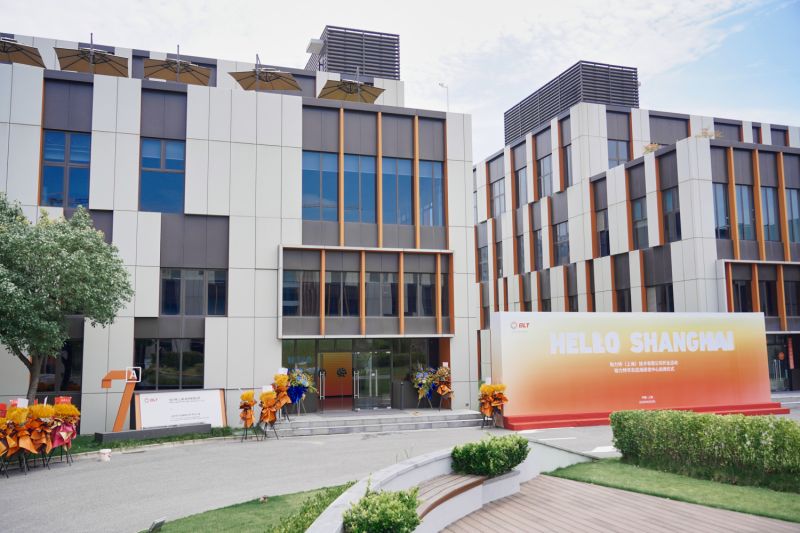Xi’an Bright Laser Technology (BLT) is one of the fastest growing companies in the metal laser powder bed fusion (LPBF) segment. With the signing of three new deals, it shows no signs of slowing down. The company is now spreading its presence in what it considers key global markets, including South Korea, the Baltic Sea Regions, and Africa.
Part of LINCSOLUTION’s offerings. Image courtesy of LINCSOLUTION.
In South Korea, BLT has signed LINCSOLUTION as its distributor for the region. Established in 2015, the firm has developed a sophisticated ecosystem around its flagship, large-format stereolithography (SLA) 3D printer that includes automated build prep and post-processing. Additionally, it secured contracts with leading Korean manufacturers, such as Samsung and Hyundai. Since then, it has expanded into other markets, such as bioprinting, and is now taking on metals with BLT. The company will offer a range of BLT machines and materials, including after-sale service.
Turning to Europe, BLT’s foray into the Polish and Baltic Sea Regions marks a significant step in exploring new avenues in the European market. To do so, the Chinese manufacturer is tapping CadXpert to offer an end-to-end solution that includes over 20 models of metal 3D printers. Like LINCSOLUTION, CadXpert is an established firm, founded in 2013 and becoming a leading Stratasys reseller in the region.
A BLT facility.
In Africa, BLT has partnered with RusselSmith Group, a Nigerian oilfield services provider specializing in digital solutions for upstream activities. RusselSmith has already begun working with Roboze as its polymer additive manufacturing (AM) partner for oil and gas. Now, the Nigerian firm will introduce a range of products from BLT’s metal AM ecosystem in key African markets like West Africa, Namibia, Angola, and Uganda.
These African nations will be essential for tapping into oil and gas going forward. The energy sector is among the fastest growing adopters for AM and oil and gas stands to benefit the most in the short term, due to the ability of the technology to make energy use more efficient. As fossil fuel prices increase due to supply chain disruptions, it will be increasingly necessary to use that input more efficiently. Many of the same benefits 3D printing brings to oil and gas can also be ported over to alternative fuels. As a result, the latest report from AM Research, “Additive Manufacturing in the Energy Sector: Market Analysis & Forecast”, anticipates a $17 billion revenue opportunity for the oil & gas, nuclear and renewable energy segments by 2032.
Since its inception in 2011, BLT has rapidly ascended to a prominent status in the metal 3D printing industry. Over the span of a decade, the company has distinguished itself as a leading force in this sector, boasting a significant market capitalization of $2.28 billion as of January 18, 2024, a testament to its success on the stock exchange. As of June 30, 2023, the company’s global workforce comprised approximately 1,500 employees, with a significant portion, nearly 30%, dedicated to research and development. Highlighting its industrial capacity, BLT operates the largest facility of its kind, equipped with 380 metal 3D printers, further cementing its status as a powerhouse in the metal 3D printing market.
If Western LPBF manufacturers weren’t already threatened by the burgeoning OEMs from China, they should be now. Alongside Farsoon and EPlus3D, BLT has demonstrated that it can be extremely cost-competitive with legacy LPBF companies, while growing much more rapidly. It was only in the past couple of years that BLT broadened its horizons beyond the domestic market and it is already making inroads into key markets.
